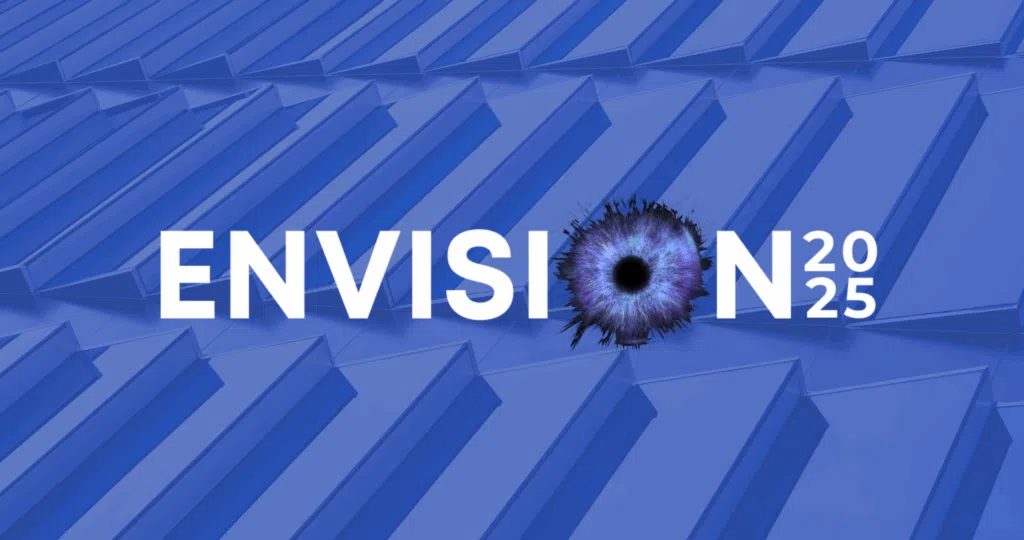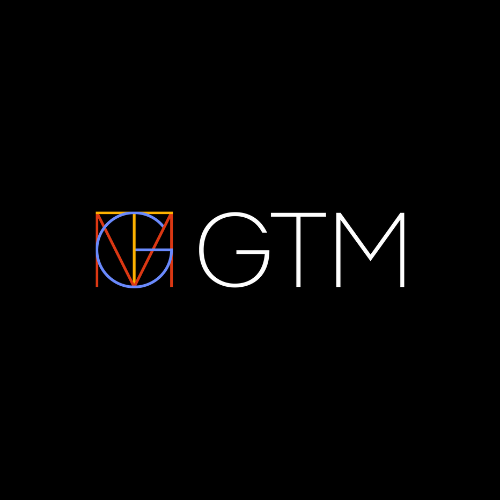On July 4, 2025, President Trump signed the One Big Beautiful Bill Act (OBBBA), which provided the most significant overhaul of the U.S. tax code since the Tax Cuts and Jobs Act of 2017 (TCJA) and a host of new opportunities for taxpayers. With some provisions taking effect immediately and others phasing in over time, there are numerous moving pieces that tax departments need to keep track of — both for the upcoming tax season and beyond. Let’s take a look at the major considerations for domestic and international taxes.
Federal Tax Highlights
Interest Expense Deductions
A key promise of the OBBBA was to stimulate investment by expanding and reinforcing existing popular tax deductions. One important deduction, which many taxpayers welcomed, covers business interest expense, particularly the calculation of adjusted taxable income (ATI).
The tax code currently allows businesses to deduct up to 30% of ATI when accounting for business interest expenses. Right now, ATI is established by taking earnings after interest and taxes (EBIT).
While the concept of ATI and the 30% calculation remain intact, the OBBBA is tweaking how it will be calculated. Effective for tax years beginning after December 31, 2024, the ATI calculation will be based on earnings before interest, taxes, depreciation, and amortization, known as the EBITDA approach. Thanks to the OBBBA, the new rule will vastly increase the cap for business interest deductions.
Research & Development
Prior to the TCJA, taxpayers were generally allowed to immediately deduct research and development expenses from their year-end taxable income. Since 2022, however, R&D deductions have faced new limitations. As a result of the TCJA, R&D investments are currently required to be capitalized and amortized over a period of 5 years (for domestic research) or 15 years (for foreign research), which prevents taxpayers from receiving all of the benefits up front.
The OBBBA restores the immediate deductibility of domestic R&D investments, effective for tax years beginning after December 31, 2024, while foreign R&D expenditures remain subject to a mandatory 15-year amortization period. Additionally, the OBBBA permits businesses to apply the law retroactively for certain taxpayers. Small businesses (as defined under Section 448(c)), can do so by filing an amended tax return for the years after 2021 to immediately recover the costs of previously capitalized R&D. All other taxpayers have the option to (1) deduct the remainder of their unamortized R&D investments in full in 2025, (2) deduct the remainder of their unamortized R&D investments ratably over two years, or (3) continue to amortize the remaining 5-year lives as originally scheduled.
Bonus Depreciation
The OBBBA extended temporary rules from the TCJA, giving businesses more flexibility to deduct short-term expenses from their year-end taxable income. These short-term expenses include some property costs. The TCJA temporarily granted 100% bonus depreciation through 2022, but has since reduced the amount deductible by 20 percentage points each year.
Not only does the OBBBA halt the phaseout, but it also restores the peak bonus for eligible property acquired after January 19, 2025. With the 100% bonus depreciation permanently extended, businesses can reap the benefits of investing in new property, technology, and equipment. Notably, the OBBBA allows certain nonresidential real property to be eligible for 100% bonus depreciation, provided the investment is an integral part of a “qualified production activity.” A qualified production activity includes the manufacturing, production, or refining of tangible personal property (excluding food and beverage products prepared and sold on-site) that results in a substantial transformation of the property.
Other Noteworthy Changes
- Executive compensation: A publicly held corporation is allowed to deduct up to $1M for executive compensation across its controlled groups. The OBBBA makes this $1M cap more limited by applying it across all members of a controlled group, not just affiliated corporations. Effective for tax years beginning after December 31, 2025, taxpayers must proportionately allocate the $1M deduction among each member of the controlled group that paid such remuneration to the covered employee.
- Charitable contributions: Prior to the OBBBA, corporations generally could deduct charitable contributions up to 10% of taxable income, with any excess amounts carried forward for five years. However, effective for tax years beginning after December 31, 2025, corporations must also now meet a 1% floor, meaning they can only deduct charitable contributions exceeding 1% of taxable income. While there is no change to the pre-existing 10% ceiling, if a taxpayer does not exceed the 1% floor, such amounts become permanently disallowed.
- Meals & entertainment: After 2025, most businesses will not be permitted to deduct employer-provided meals and snacks, with some exceptions.
- Pass-through deduction (Section 199A): The OBBBA makes the pre-existing 20% qualified business income deduction permanent with expanded phase-out ranges.
- Qualified small business stock (Section 1202): Lifetime gain exclusion will increase from $10M to $15M, and the bill creates a tiered exclusion structure for shorter holding periods (previously a cliff structure of 5 years).
International Tax Highlights
Modifications to Pro Rata Share Rules
Over the past decade, the federal government has made attempts to prevent U.S. citizens and American-owned companies from sheltering profits in low- or no-tax foreign jurisdictions. The OBBBA makes various changes for multinational corporations and their investors.
Prior to the OBBBA, U.S. shareholders were subject to the tax code’s “last-day rule.” A shareholder included its pro rata share of a controlled foreign corporation’s (CFC) Subpart F income and GILTI only if it owned stock in the CFC on the last day of the CFC’s taxable year on which the corporation was a CFC.
The OBBBA has eliminated the last day rule. For CFC taxable years beginning after December 31, 2025, any U.S. shareholder who owns at least 10% of a CFC at any time in the CFC’s taxable year will be required to report their Subpart F income. In addition, the inclusion rules for GILTI will now be the same as those governing the pro rata shares for Subpart F income. Sec. 956 inclusions continue to follow the “last day” rule.
One-Month Deferral Repeal
Before the OBBBA, a CFC with a majority shareholder who is a U.S. citizen could adopt a tax year that was different from that of the shareholder. There was an exception in the tax code for a one-month deferral, which allowed the tax year of these CFCs to begin a month prior to the taxpayer calendar of the shareholder.
The OBBBA has removed this exception for CFC taxable years beginning after November 30, 2025. Going forward, CFCs will have to conform their tax years to align with a U.S. majority shareholder (i.e., for a CFC with a calendar-year majority U.S. shareholder, there will be a short CFC taxable year from December 1 to December 31, 2025).
GILTI Reform
The bill made several changes to the GILTI regime and renamed it the Net Controlled Foreign Corporation Tested Income (NCTI). As part of these reforms, the OBBBA implements the following changes, effective for taxable years beginning after December 31, 2025:
- An increase in the deemed-paid foreign tax credit, from 80% to 90% (i.e., reduction of the GILTI haircut from 20% to 10%)
- A reduction in the Section 250 deduction on GILTI, down from 50% to 40%
- The result is an increase in the effective tax rate on GILTI from the current rate of 10.5–13.125% up to 12.6–14.0% after 2025. (Though technically an increase, this rate is more favorable than the one that was set to take effect had the TCJA provisions expired and not been updated under the new legislation.)
- New limits on expense allocation and apportionment between U.S. and foreign-sourced income as it relates to foreign tax credit. Under the new law, the only expenses that are allocated against net CFC-tested income are the now-40% deduction under Section 250 on NCTI and Section 78 gross-up, the Section 164(a)(3) deduction for certain taxes imposed on NCTI, and directly allocable expenses, with some exclusions.
Downward Attribution Rules
Another significant change in the OBBBA is a modification of the downward attribution rules that determine whether a foreign company is treated as a CFC under the U.S. tax code. To be a CFC, a foreign company must have more than 50% of its shares owned by 10% U.S. shareholders.
Historically, U.S. persons could not be “attributed” shares belonging to foreign persons when the government was determining CFC classification. Starting in 2018, the government pivoted, applying downward attribution. This produced confusion and unintended consequences. As a result, many foreign corporations ended up subject to CFC taxation rules even though they were not the intended targets of the policy.
Under the OBBBA, the pre-2018 prohibitions on downward attribution have largely been restored. However, one section of the law permits the continuation of downward attribution in the case of “foreign-controlled U.S. shareholders” and “foreign-controlled CFCs.”
Other International Provisions
- CFC look-through rule: Permanently extended, reducing an unintended tax on payments between related CFCs, which would have been scheduled to begin from 2026.
- Inventory sourcing: Up to 50% of income from U.S.-produced goods sold abroad through a foreign branch may now be treated as foreign-source income, a favorable change for domestic producers.
- BEAT (Base Erosion and Anti-Abuse Tax): The OBBBA makes this provision permanent while setting the BEAT rate at 10.5%. The OBBBA also repeals a previously scheduled change for 2026 that would have increased BEAT liability by including the sum of all income tax credits (such as R&E credits) in the adjusted tax liability formula. This repeal simplifies the calculation and prevents a potential increase in tax burden for affected entities and industries.
- Foreign-Derived Intangible Income (FDII) renamed Foreign-Derived Deduction-Eligible Income (FDDEI): Similar to the changes to the GILTI regime discussed above, the Section 250 deduction percentage will be reduced to 33.34%, which is more favorable than the rate that would have been applied from 2026 under the TCJA. The bill also eliminates the qualified business asset investment from the FDDEI calculations and eliminates interest expense and R&D expense apportionment to FDDEI, creating the possibility of higher deductions.
What This Means for Businesses
The OBBBA marks a pivotal shift in corporate tax policy, blending permanence with modernization. For businesses, this means greater opportunities in planning, expanded incentives for investment and innovation, and additional compliance challenges. While many provisions offer relief from a cash tax perspective, others introduce complexity that may require strategic tax planning, system upgrades, and cross-functional collaboration between tax, finance, HR, and legal teams. Now is the time for businesses to model the impact, revisit forecasts, and realign tax strategies to fully leverage the benefits — and mitigate the risks — of this landmark legislation.
How GTM Can Help
We offer a range of tax solutions and industry-leading expertise. Our team is available to walk clients through policy shifts, technology and automation solutions, and tax filings on your behalf or through a collaborative structure. Learn more about the tax solutions we’ve brought to clients here. Reach out to GTM today to discuss how to prepare effectively for your tax future.




